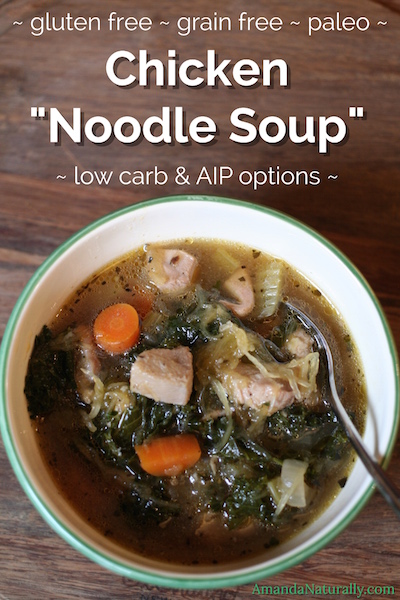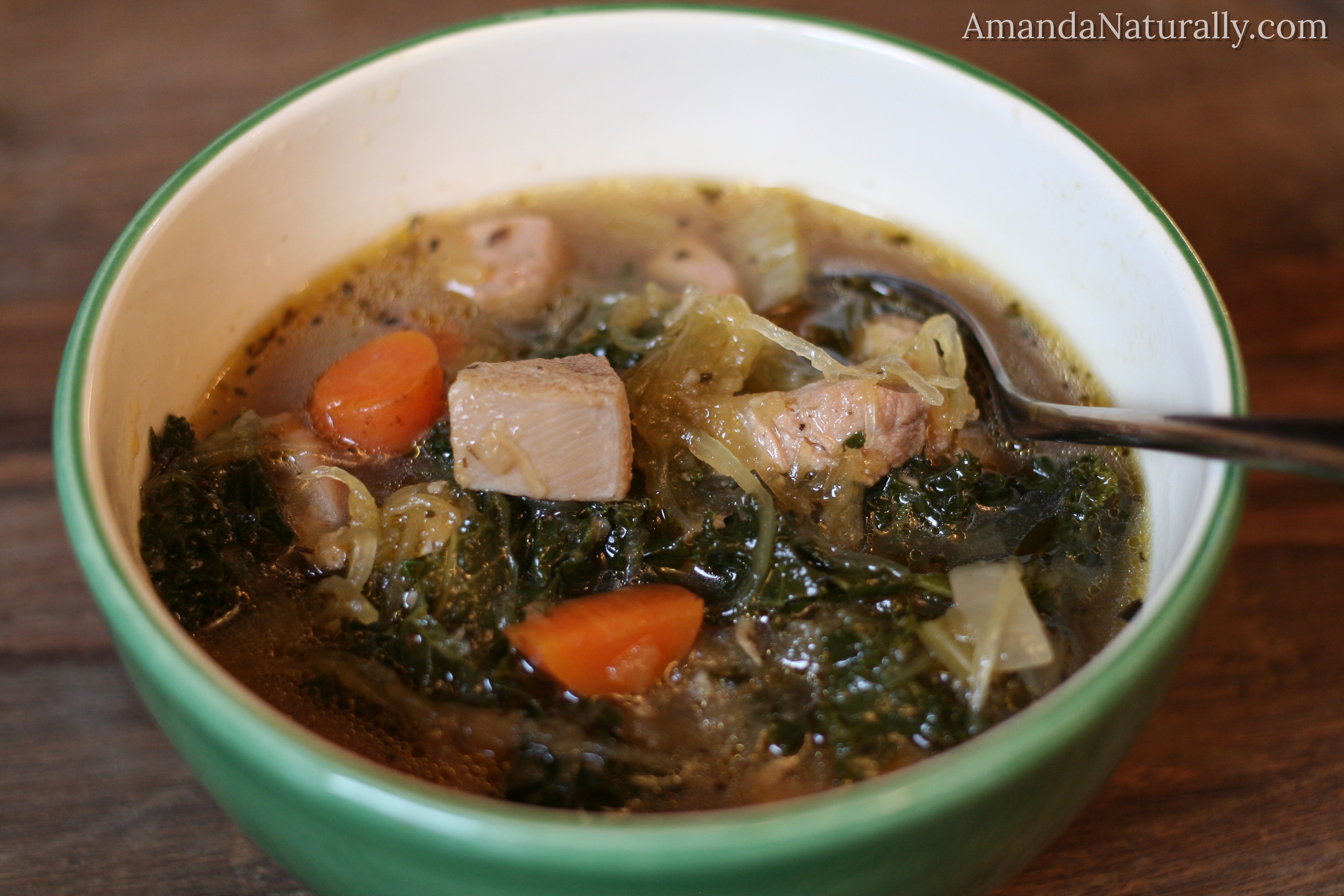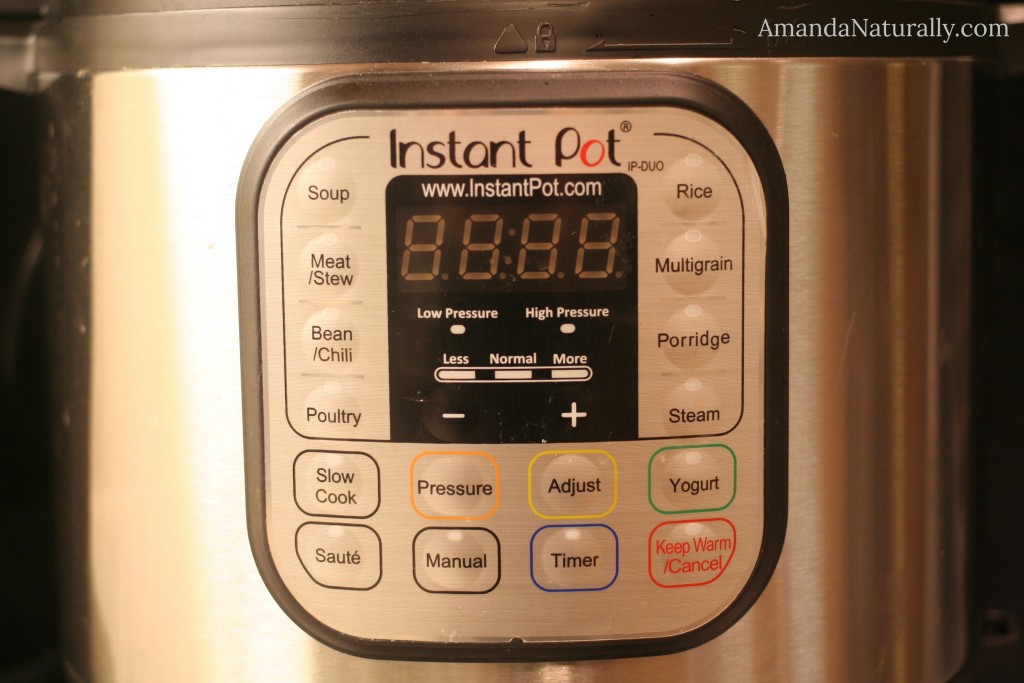 So I’ve been sick. Really sick. It came on as a slight cough last Tuesday – I thought it was residual from a cardio-intensive workout that morning. But by the evening it was still there. I immediately started hitting it with everything I had. Now normally my arsenal is pretty large, considering my hubby is a naturopath and we have a dispensary in our basement, lol. But considering the fact that I’m pregnant, most of the herbs we have on site are off-limits. So I stuck with a large dose of Vitamin C, some essential oils, and a plan to sleep in as late as possible the next morning.
So I’ve been sick. Really sick. It came on as a slight cough last Tuesday – I thought it was residual from a cardio-intensive workout that morning. But by the evening it was still there. I immediately started hitting it with everything I had. Now normally my arsenal is pretty large, considering my hubby is a naturopath and we have a dispensary in our basement, lol. But considering the fact that I’m pregnant, most of the herbs we have on site are off-limits. So I stuck with a large dose of Vitamin C, some essential oils, and a plan to sleep in as late as possible the next morning.
And then the morning arrived. I felt ok. The cough had settled in for sure, but not too bad. By mid-morning my whole body hurt. Again I chocked it up to yesterdays workout, but the level of discomfort was not appropriate for that workout. That’s when I started realizing I was seriously sick. This wasn’t just a little cough. When I started feeling listless and realized I had laid in bed for an hour doing nothing (no TV, reading, podcasts – nada), I took my temperature:
101.6F
Yowza that’s high (ish). And I’m pregnant. And the risk of injury to the baby with a chronically elevated temperature is real. I was able to bring it down a full degree within an hour, by implementing some classic natural anti-febrile techniques, which I’ll share with you below! But first, a bit on fevers…
NOTE: I am not a medical doctor. I am not making any medical recommendations and this is not medical advice. I am simply trying to provide some clear information on a common health occurrence. Please speak with your health care practitioner before making any changes to your health care routine.
What is a fever?
A fever is a natural rise in your body temperature, in response to an infection – either bacterial or viral. It is not a disease in itself, but a symptom of an underlying issue. So like all health issues, it’s important to address the underlying cause, instead of just suppressing the symptoms.
Why do we develop a fever?
It is believed that the elevation in temperature is actually a critical step in helping our bodies fight off infection. It seems to (a) activate our immune system by sending white blood cells and macrophages to the infection site, and (b) inhibit enzymes and other functions required for viral and bacterial replication. For example, it has been hypothesized that most bacteria can’t survive in temperatures above 101F and viruses, above 102F.
In fact many cold-blooded animals, when inoculated with pathogens, will instinctively find ways to increase their body temperatures to feverish levels, by seeking out warmer environments. Fascinating eh? (<– btw, clearly I’m Canadian, if you didn’t already know…)
Isn’t a fever dangerous?
Well yes, it can be. Uncontrolled, very high body temperatures can result in severe dehydration and possibly induce febrile seizure. Which is why you want to monitor it. But mostly, they’re just damn uncomfortable.
Now, when it comes to fever during pregnancy, there’s a little more to consider. Your baby is developing and that requires a specific temperature for everything to work properly. This is why your doctor told you not to use a hot tub or take hot baths. Prolonged, elevated body temperatures may impair important developmental processes, specifically in the brain.
Anti-Febrile Meds?
The conventional approach is to take an anti-febrile medication as soon as your temperature gets a little above normal. Ibuprofen (Advil), acetaminophen (Tylenol) and naproxen (Aleve) are the 3 recommended meds. Do they work? Oh hell yeah. Are there side effects? Definitely. So it becomes a relative risk-reward assessment situation.
NSAIDS (like Advil and Aleve) cause leaky gut. Period, end of story. If you have a history of health issues or an autoimmune condition, this is something to consider. Importantly during pregnancy, Ibuprofen is considered level 4 risk, during the 3rd trimester. As in, there is significant evidence of it causing harm to the baby, specifically their heart.
Acetaminophen is the leading cause of acute liver failure in the USA. The metabolic byproduct of detoxifying acetaminophen is NAPQI, which is responsible for necrosis of the liver. While NAPQI does not cross the placental barrier, acetaminophen readily does. Which needs to be considered since a developing baby’s liver starts being responsible for its own detoxification at around 18 weeks.
Additionally, suppressing a fever has been shown to prolong the duration of the illness, which makes sense since you’re also suppressing your immune system from doing its job!
Natural Approaches to Reducing a Fever
So what did I do?
MONITOR: Most importantly I was monitoring my temperature every hour, making sure it didn’t get to a temperature that we (my husband, my health care provider and I) had decided would be our “time for serious action” temp. I also monitored every few hours at night.
WARMING SOCKS: This age-old home remedy is a favourite amongst crunchy mamas. You take a pair of thin cotton socks and soak them in cold tap water. Put them on your feet, and add a second pair of socks, preferably wool to keep the water in. When the socks warm up, rinse them in cold water again and repeat. The idea behind this hydrotherapy technique is by keeping the feet cold and wet, you create a sort of “heat exchange”. Your body increases circulation to your feet, dissipating heat in order to warm up the feet/socks.
ICE PACK: Place a cool ice pack at the base of the neck, where there is a high concentration of temperature receptors. This can help dictate the internal temperature of the body.
ESSENTIAL OILS: I’m new to the field of essential oils, but I’m quite enjoying learning how to use these additional tools. I hit up the Wellness Mama (she’s my go-to for natural remedies) and she recommended pure peppermint essential oil (I use Young Living brand) on the back of the neck and on the bottom of the feet (see above for why those locations).
I did all 3 things and brought my temperature to 100.1 within an hour.
BACK UP…MEDS: Considering the risk of a high fever and developmental issues regarding the baby, I had an Ibuprofen on stand by, just in case my temp got above the predetermined comfortable zone for us (I’m purposely not sharing, because that’s something for you to determine with your health care provider). I chose Ibuprofen because although I have a history of major gut issues and serious autoimmune risk, I am 18 weeks pregnant. Which is far enough out from my third trimester to decrease the risk of ibuprofen and heart defects, but definitely far enough in that I didn’t want my baby’s liver to take the hit of the acetaminophen. Luckily I didn’t have to use either, because the above tricks worked tremendously.
Additional Support
There were a few other things I did to help my body recover from this (likely) flu as fast as possible.
- Convalesce. I did nothing. Nada. Even though by day 3 I was so bored of TV, I rested, napped, and generally took it easy. Pushing through is a sure way to stay sick and get sicker. I’d rather take a few days off and get better, then push through and 2 weeks from now find out I have pneumonia and have to go on antibiotics.
- Bone broth. Like crazy. It helps keep the gut strong and regulates your immune system. I had soup multiple times a day. I also cooked white rice in broth, to get some calories in me. Find out how I store my bone broth to make it easy to use, even when you’re sick and have no energy for food prep! I added onions and garlic to my broth for an additional immune boost. I also added some gentle veggies like spinach.
- Vitamin C. There aren’t very many supplements that are considered safe during pregnancy. Again, I worked with my team and determined a few herbs that are generally recognized as safe during pregnancy, but mostly focused on the simple stuff. High doses of vitamin C at regular intervals can shorten the duration of an illness. Good rule of thumb with vitamin C – take to bowel tolerance. As in, when you start noticing loose stool, pull back on your dose!
- Ginger, lemon and raw honey tea. I took a few slices of ginger root, a ¼ lemon and about 2 cups of hot water. I let simmer for about 20 minutes on the stove top. Strain and add a spoonful of raw honey. Alternately, you can juice a whole whack of ginger and lemons, and store the potent elixir in the fridge, adding a few tbsp to a mug of hot water and a spoonful of raw honey. This is what we normally do, but I was by myself during this illness and didn’t want to deal with the mess of the juicer (normally my hubby would take care of that), and by the time he returned home, he was sick too.
- Fluids. Water, tea (see above), bone broth, mineral water and kombucha (specifically homemade lemon/ginger booch) were on constant rotation. Fever causes dehydration so keep your fluid intake high!
Conclusion
Fevers can be a scary situation, especially in young kids or during pregnancy. But understanding their benefit can help decrease the stress around them. Monitoring and implementing some solid, natural remedies – combined with immune support to help your body fight the cause of the infection – can help you recover quickly and decrease the potential need for risky pharmaceutical intervention. Keeping in mind, that drugs save lives so there is definitely a time and a place for their use!


 Anyone else love chicken noodle soup? I certainly do. It reminds me of when I was a kid and my mom would make it to make me feel better!
Anyone else love chicken noodle soup? I certainly do. It reminds me of when I was a kid and my mom would make it to make me feel better!
 I’ve had a lot of people recently ask me how I keep
I’ve had a lot of people recently ask me how I keep 